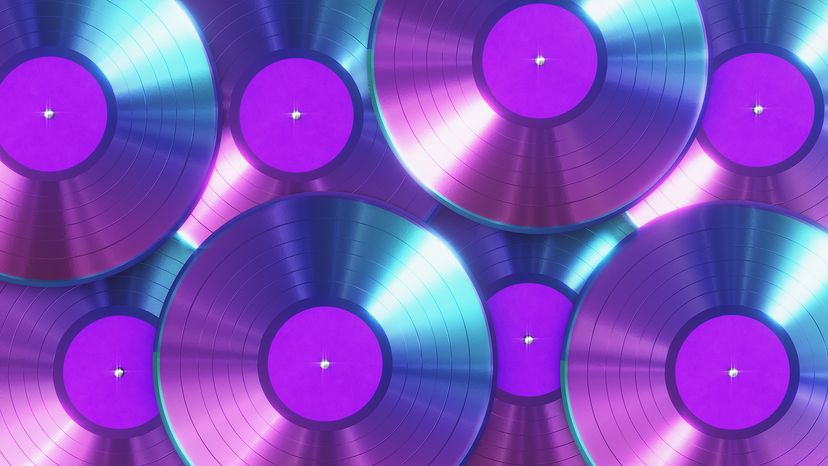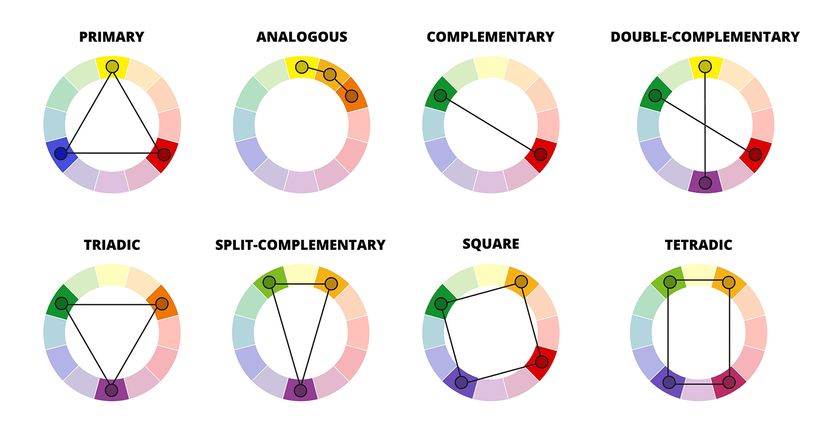Analogous color schemes create effortlessly stylish outfits. Like interior design, the trick is to let one shade be the dominant color, with the others serving as accents.
Imagine Beyoncé's iconic 2018 Coachella outfits: a bright metallic yellow crop-top hoodie with gold and pink sequins, gold sequined cuffs and a yellow-orange fitted shirt peaking out underneath. She later changed into another copy of the Beta Delta Kappa sweatshirt, but this time in bright pink, with the same light pink and gold sequins, and darker magenta sequin cuffs.
For an example of cooler-tone analogous colors in fashion, look no further than Disney's "Frozen." Anna's purple overcoat has dark pink stripes running down the inside, and Elsa's iconic dress is teal-green blue with a lighter purplish icy-blue cape and sleeves.


